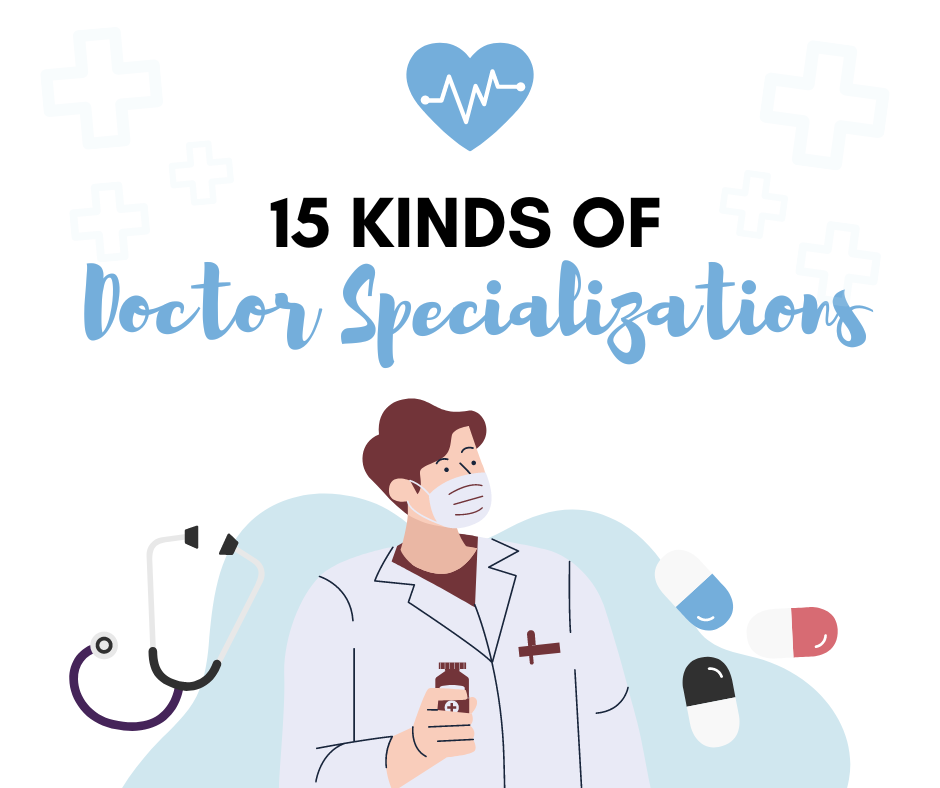Heart disease is the leading cause of death in the United States, and those with diabetes have twice the risk of cardiovascular issues and stroke than those who do not. You may be asking yourself a series of questions, including “is there any way I can avoid getting heart disease?” or “Are bananas good for diabetics and heart disease?” However, there are many things you can do to reduce your risk. Making healthy lifestyle choices, knowing your family history, and managing conditions like diabetes and high blood pressure can all help lower your chance of developing heart disease.
Maintain your diet
This goes to say for just about everyone, but as an individual diagnosed with diabetes, you must pay especially close attention to this. Make sure that you are consuming enough fruits and vegetables each day and not a lot of sugar for your weight loss smoothie recipes. Fruits such as berries are one of the best choices, but bananas can be good for diabetics if eaten sparingly. A healthy diet will keep your blood sugar levels stable, so you can avoid the many complications associated with high-risk conditions like ketoacidosis or hyperglycemia (elevated serum glucose). The key here isn’t just what we put in our bodies but also how much: intake of fiber from whole grains has been shown recently after research conducted over 15 years long proven effective at preventing cardiovascular disease; plus it helps reduce risk factors for heat-related illnesses such as obesity up to 60%.
Watch your weight
The more weight you have, the greater your chances are of developing cardiovascular problems. This is because when there’s too much pressure on a finite amount of space in our bodies like with an obese person or even someone who has just gained some extra pounds since their last doctor’s appointment; it forces our heart cells to work harder than normal which can lead into many different health issues down the line including diabetes.
Exercise regularly
There are a few things to consider when exercising with diabetes. First, know your limits and take it easy on yourself in the beginning so that you don’t exhaust or over-exert yourself which can lead to fatigue and hypoglycemia, which is the medical term for low blood sugar. Second, drink plenty of water throughout exercise as well as before eating anything else. This includes both quick bursts like flushing out gastric bypass tubes after they’ve been drained during surgery, running long distances at a rapid pace where fluids may not always be accessible without stopping frequently along the way, etc. Finally, if possible, try using continuous glucose monitoring systems. Studies have shown that people with diabetes who use a continuous glucose monitoring system tend to take fewer additional medical treatments than those without such technology. These benefits may be due in part because the user is more aware of when they need supplies or checkups, but there’s also evidence pointing toward increased self-care behaviors among users – meaning less risk for complicated issues down the line!
Diabetes is a serious disease that can lead to heart problems. However, by following a few simple steps, you can lower your risk of developing heart disease. These steps include eating a healthy diet, exercising regularly, and monitoring your blood sugar levels. By taking these measures, you can improve your health and reduce your risk of heart disease.
If you begin the symptoms of a heart attack, call 911 immediately.



